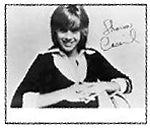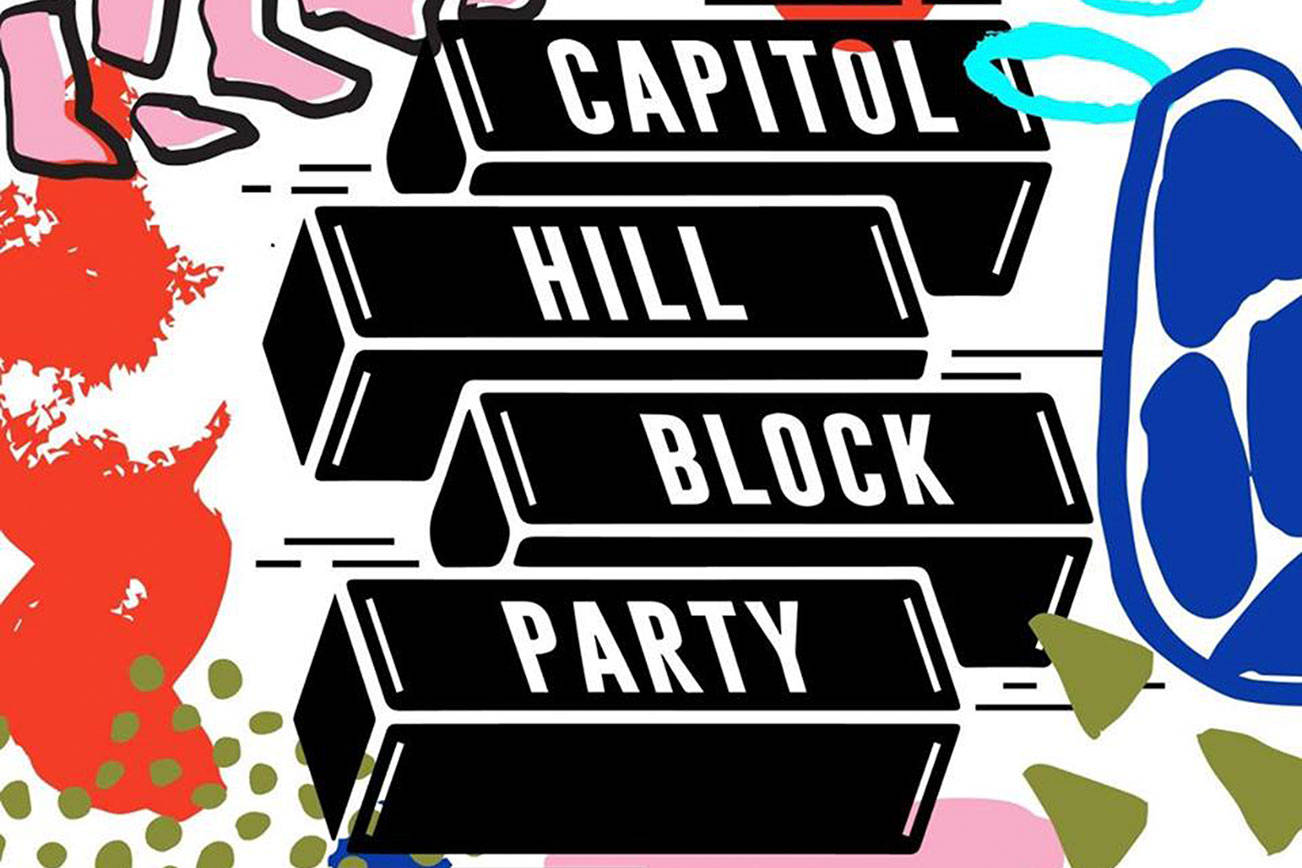“You can’t play guitar on a Screamers cover!”
That’s what the hipster next to me hollered as Portland glam-wave trio Glass Candy and the Shattered Theatre ripped into their cover of “I Wanna Hurt” at Graceland two weeks ago. I chuckled. Although he didn’t look old enough to have been more than a couple years old when the seminal punk band split in 1981, he knew their history: The Screamers’ lineup never included guitar or bass—just a stripped-down drum kit, keyboards, some effects boxes, and the arresting showmanship of Tomata du Plenty.
Like the Black Flag bars logo and the Germs circle, the Screamers’ shrieking head (created by underground cartoonist Gary Panter) remains an instantly recognizable visual icon of the original L.A. punk movement. The band’s rise and fall—from their roots in Seattle as all-drag vocal trio the Tupperwares (an offshoot of early-’70s cabaret ensemble Ze Whiz Kidz) to their demise filming the pioneering, pre-MTV full-length music video Population One—forms the most riveting narrative running through We Got the Neutron Bomb: The Untold Story of L.A. Punk (Three Rivers Press).
But the Screamers never officially toured (though they did play Seattle in May 1978), nor released so much as a legit 45, leaving only live-and-demos compilations like In a Better World to document what Neutron Bomb co-author Brendan Mullen dubbed their “psycho-Kraftwerk-meets-The Night Porter” sound in his LA Weekly obit for Tomata (n頄avid Xavier Harrigan) two years ago. Curious to learn more about the roots of the Screamers’ seemingly unstoppable legacy, I sought out two people close to the source.
“In 1975, I was in a band called the Telepaths,” recalls Seattle multi-instrumentalist Bill Rieflin (Ministry, KMFDM, et al.). The Telepaths provided backup at a gig or two for the Tupperwares (which also included “Melba Toast,” later reborn as Screamers co-founder Tommy Gear, and “Rio de Janeiro”), and Rieflin would co-write three Screamers ditties, including “I’m Going Steady With Twiggy” and “Eva Braun.” But Seattle simply wasn’t ready for Tommy and Tomata. “As far as we were concerned, in 1975 we were the scene,” remembers Rieflin. “That was probably one of the things that drew us to the Tupperwares—there was nothing else. Anyone who had any ambition at all had to leave Seattle. Looking back, L.A. seems perfect for them.”
“They knew what a show was,” remembers Robert Lopez, guitarist for L.A. quartet the Zeros and alter ego of El Vez, “the Mexican Elvis.” “They thought about things like lighting, the entrance and exit. I can remember being backstage at the Whisky A Go-Go and [performance artist] Gorilla Rose putting different colors of electrical tape onto Tomata’s pale yellow plastic jumpsuit, first this way, then that . . . ,’Nah, that looks too much like a school emblem . . . ,’ and then just going for the messiest combination. It was a studied sloppiness.”
But image was only part of the package. “The Screamers’ sound, look, and feel was so different than other bands around,” adds Lopez, likening them to the Prodigy, albeit two decades earlier (echoing the “techno-punk” tag ascribed to them by L.A. writer Kristine McKenna in early 1978). “We would really dance to them. K.K. [Barrett] wasn’t the greatest drummer, but to me as a kid, he was the best, because he had the most danceable beats and you couldn’t help but move.
“They really thought about the moods they wanted to create [on stage],” Lopez continues, stressing the way the energy would start off “frenetic, then get slow and scary, then pull the rug out and make it frantic and fun.” Despite its mediocre sound quality, the listener still senses that ebb and flow on Better World, as peppier numbers like “Twiggy” and a mind-bending cover of “The Beat Goes On” contrast sharply with heady doses of raw expressionism like “Matar Dolores” and “Punish or Be Damned.”
Still, “nothing—videos, demos, live tapes —captures what it was like to see the Screamers live,” insists Lopez. “You just had to be there.”
Which, despite his tender years, Rieflin was. In May 1977, he went to visit Tommy and Tomata (“What were my parents thinking?”) and saw the “first ever Screamers show” at the infamous Slash storefront party. The day of that auspicious debut, Tommy Gear was shuffling through his guest’s newly purchased deck of Brian Eno’s Oblique Strategies cards. Rieflin remembers: “He drew one that read, ‘Is the tuning appropriate?’ Funny thing is, on the first song, ‘Eva Braun,’ Tommy’s synth was hideously out of tune—one half step off from the rest of the band. The cards were right!”
Thankfully, the Screamers never were destined to be completely in tune with the world around them. Perhaps that’s why, 20-plus years later, it’s still trying to catch up to them.
In a Better World is available via Extravertigo Recordings/Xeroid Records. For more information on the Screamers, visit www.synthpunk.org/screamers.






